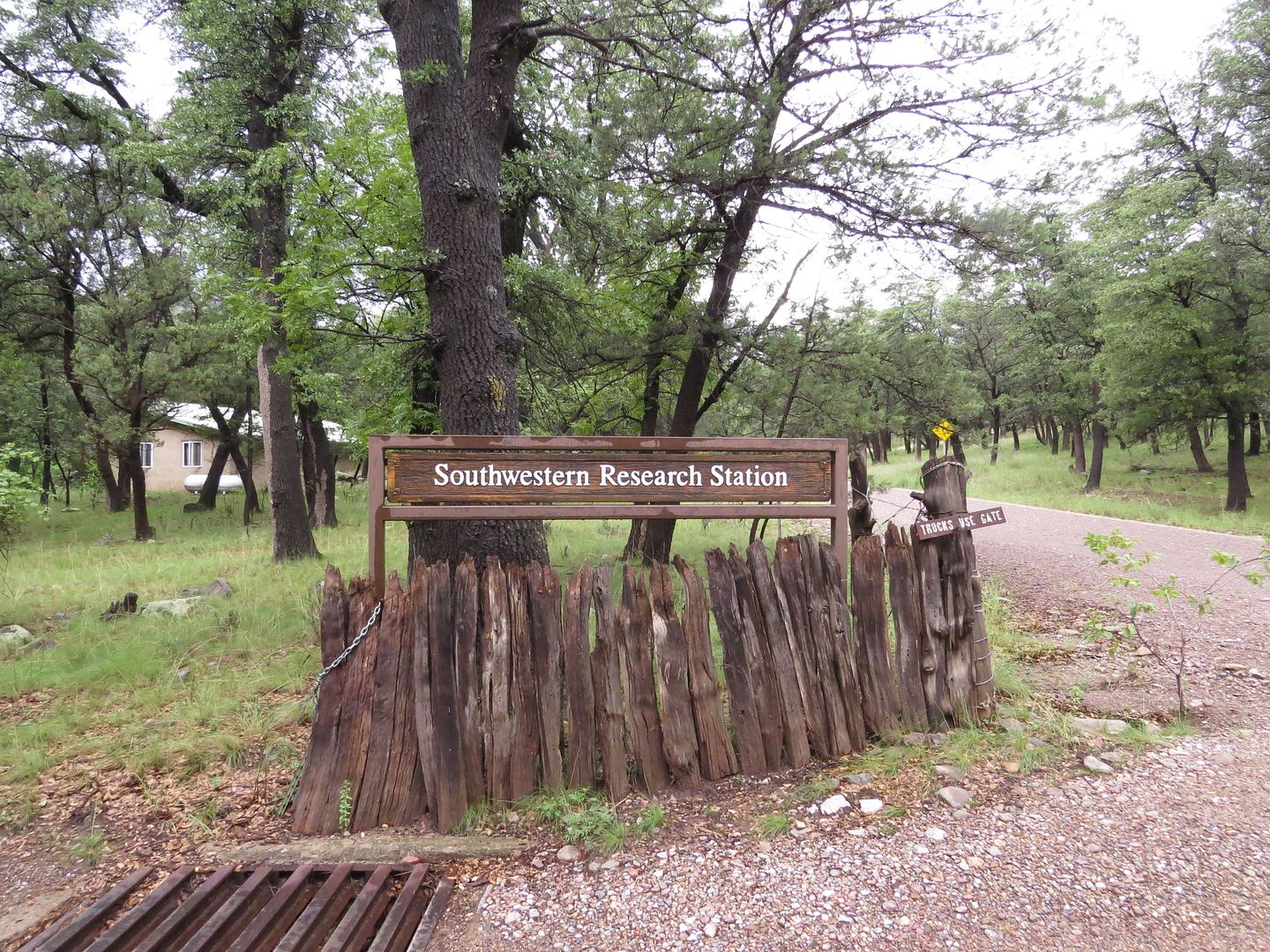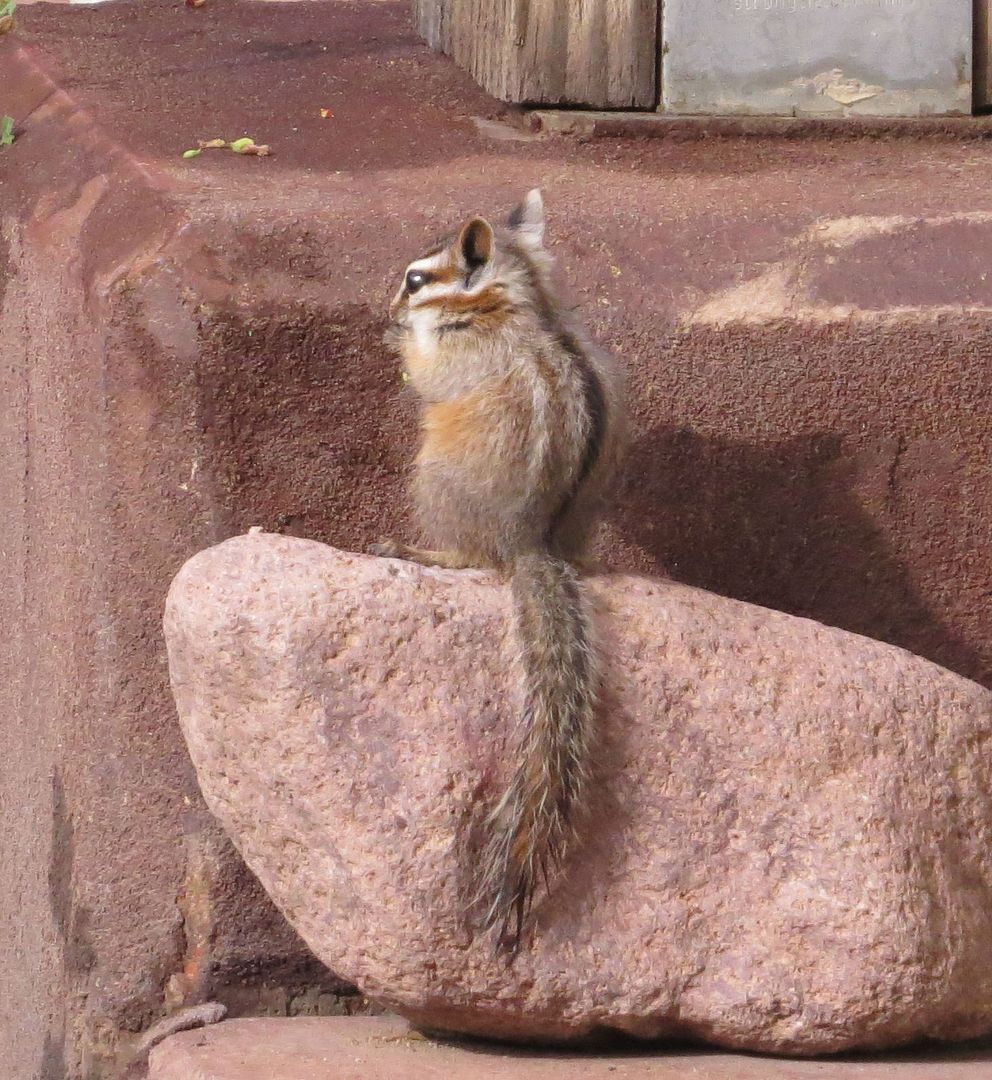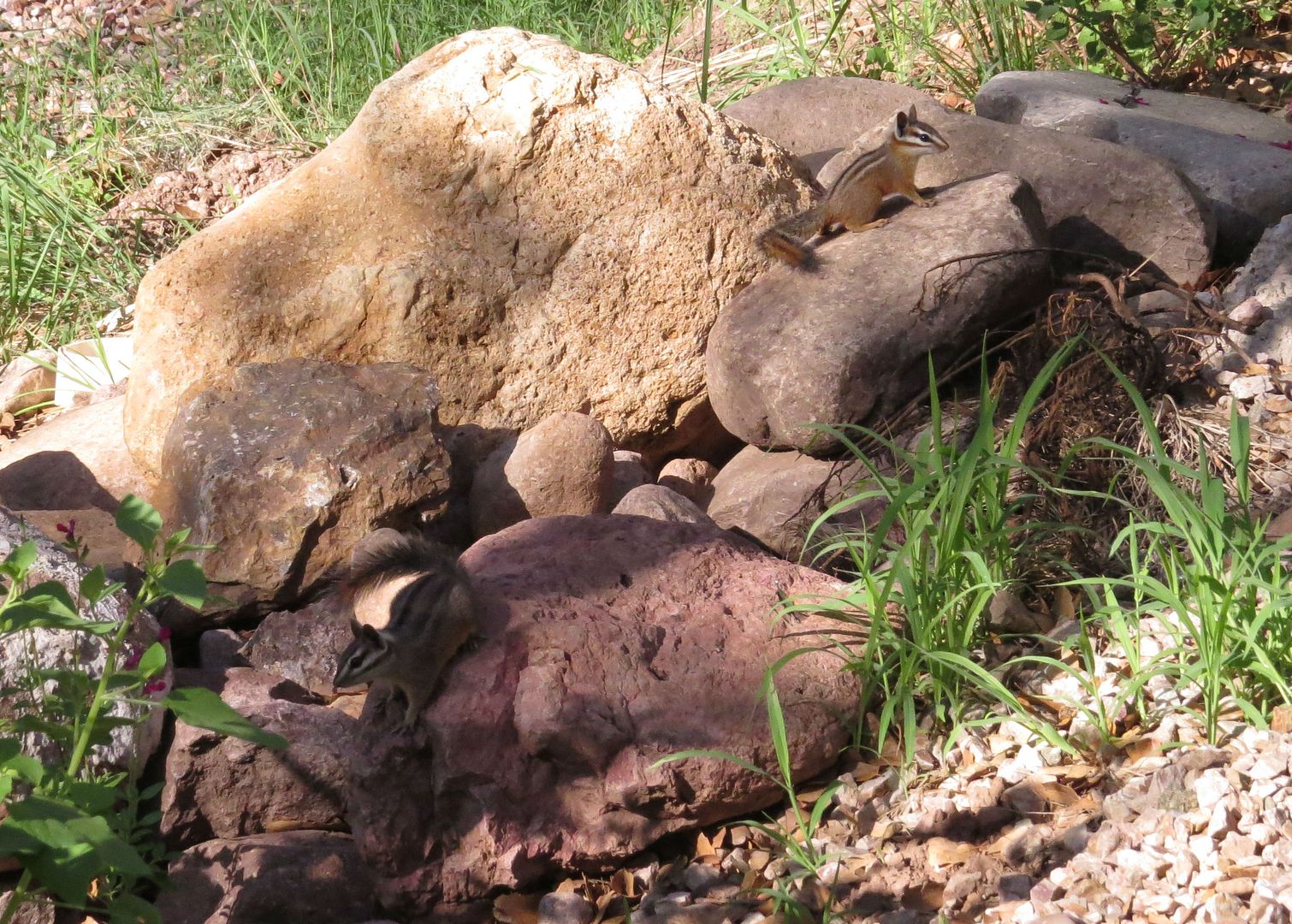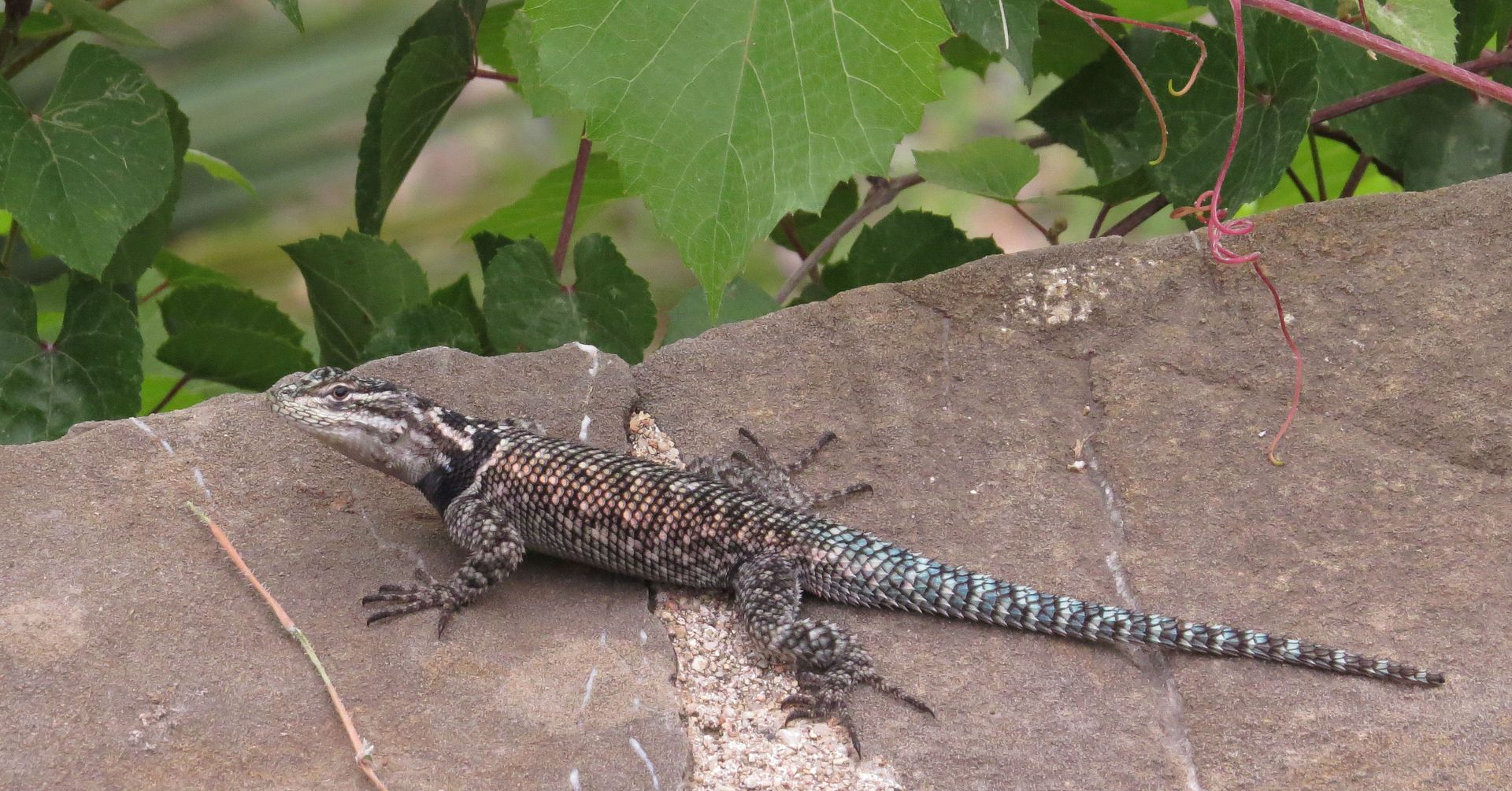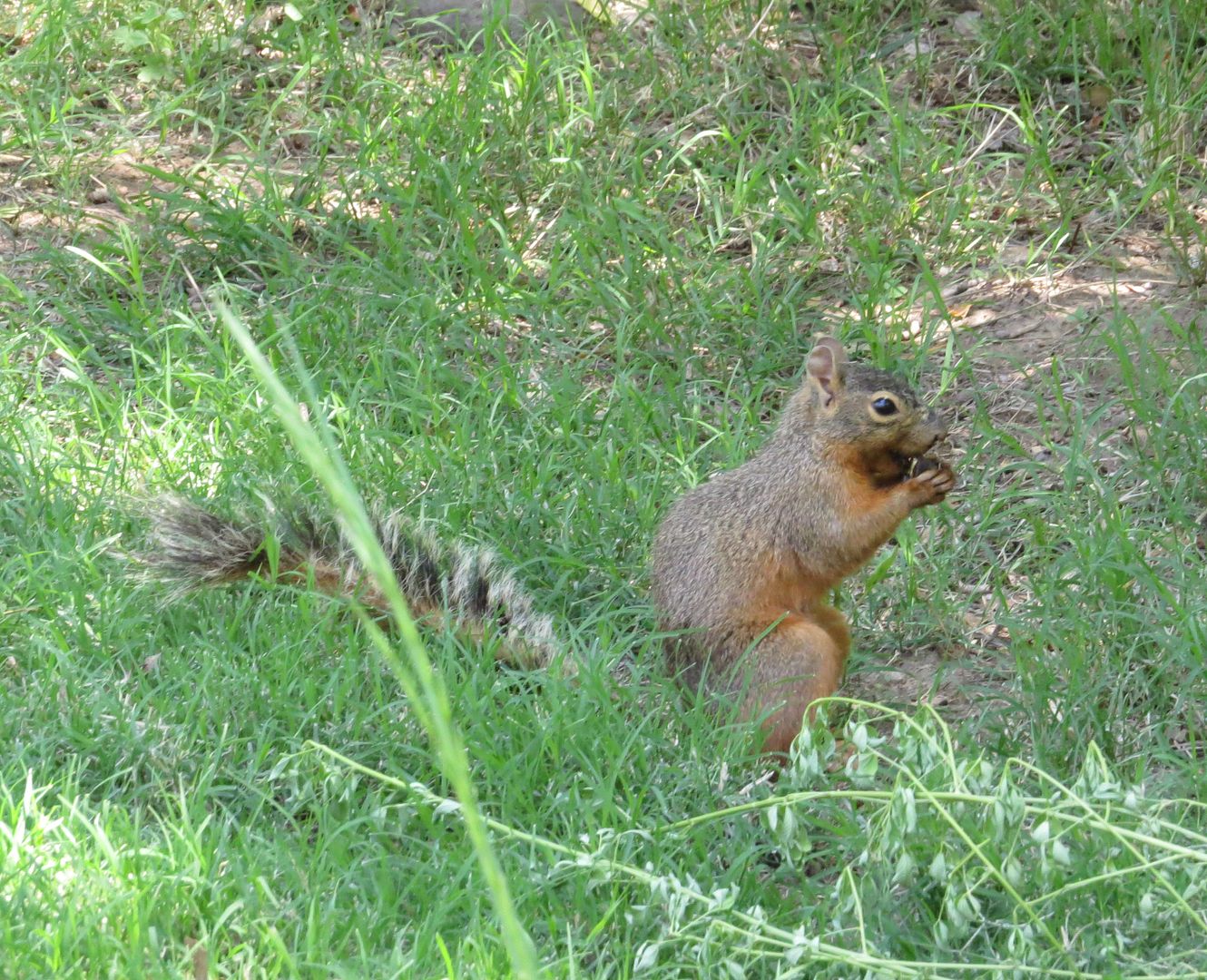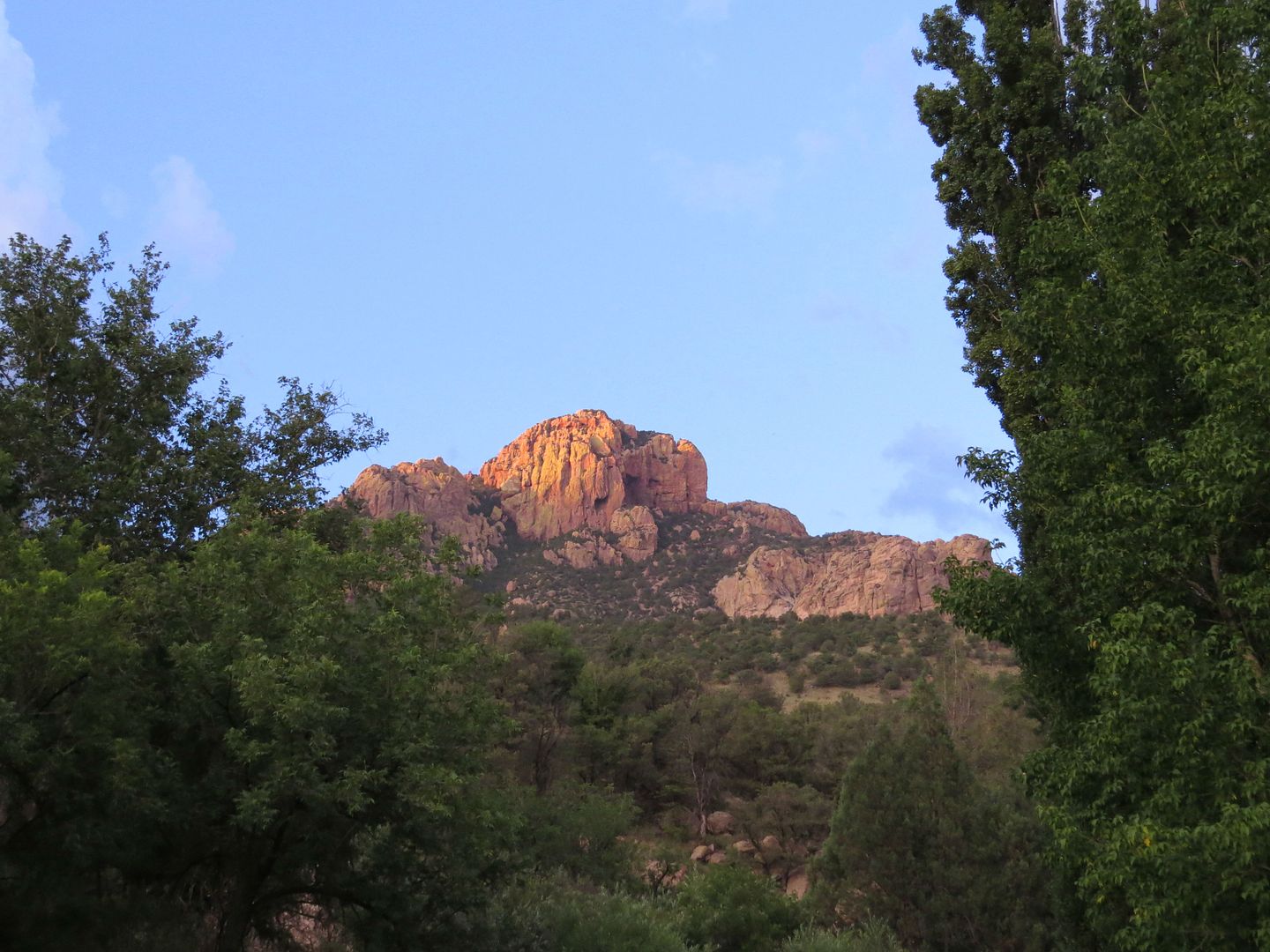For those not in the know, Ant Course is geared towards Grad Students with a focus on Ant Taxonomy (identifying and classifying ants). Ant Course moves each year, (two years outside the US, one year in Arizona) so foreign students that might have trouble getting into the US can attend.
Ants of the Southwest is a toned down version of Ant Course with a more flexible schedule. There's more emphasis on ecology and finding ants in an array of different environments.
This was the first time I'd ever flown anywhere. Which was an adventure enough on its own. Being an overachiever I made the mistake of trying to arrive a day early. Also I didn't know that air line tickets are printed in the local time. So I assumed I'd land at 5:00pm instead of 8:00 as it was printed on my ticket. And then there's the two hour drive from the Tucson Air Port. So I was driving through the middle of nowhere in complete darkness instead of just getting a hotel and driving there the next morning like I should have.
Do yourself a favor and just plan to arrive the morning of. Otherwise you'll be missing this! Lush desert vistas and mountains as far as the eye can see. Don't be swayed in by the idea of "Seeing the night sky without any light pollution." All photos that show the Milky Way and millions of stars in the night sky are the result of over exposure. Sure you will see a lot more stars than normal, I even saw a shooting star, but the experience doesn't live up to the photos.
So why hold this thing out in the middle of nowhere? Because it's an ideal location. The Chihuahuan Desert (as seen above) meets with the Sonoran Desert (which is full of more cacti). There's an abundance of mountains in the area, so there's a lot of different elevations and micro-climates. Storms are constantly passing through at that time of year, and you can actually which hills in the desert have received more or less rainfall from how green or brown they look. It's the northern most point that a lot of tropical species make, as well the southern most point that temperate species travel to or migrate through. So there's a lot of overlap here that all attributes to species richness.
On the topic of "monsoons" I have to say I wasn't really impressed with them. I come from New Jersey and we have four seasons in a year, but down there, because it's tropical, they have the wet season and the dry season. Maybe monsoons are worse in wetter areas but a tropical desert isn't very wet. Actually there was only one day I was there where we got 2 inches of rain, 1/4th of what they had gotten that year all in one night. Dirt roads, and dry "washes" in the desert, would suddenly become raging rivers.
There is a paved road that takes you right up to just before the South Western Research Station. Sadly it does turn into a dirt road for the last five minutes and if it's rained it can be an issue pulling into the station, due to a creek that normally runs completely dry suddenly rushing with water.
There is a sign or two, but they don't face both ways. This is another reason to find the place during the day.
Upon arrival, it's very apparent that there's a lot more animal life here than in New Jersey.
Varmints run around the station like they own the place.
An assortment of lizards too.
There are droves and droves of them running around the place.
Even the squirrels down there are different. Their tails are shaggier, they're slightly bigger, and one started thudding its tail at me when I got too close.
So in the weeks to come, I'll be posting about my trip to Arizona.


